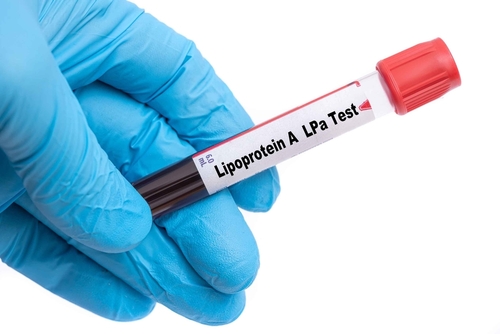
Use of antithrombotic therapy is crucial in preventing ischemic coronary artery disease and stroke, with almost 50% of intracerebral hemorrhage patients undergoing this treatment. Doctors often struggle in deciding if and when to restart antithrombotic therapies, due to the potential risk of recurrent intracerebral hemorrhage that comes with this. This decision is imperative, however, being that survivors of intracerebral hemorrhages are at an increased risk of death after the event.
Studies have shown that intracerebral hemorrhage patients who began antiplatelet therapy after the event were at a decreased risk of ischemic cardiac events. In addition, these patients displayed no increased risk of recurrent intracerebral hemorrhage or poor functional outcomes. An article in The Lancet detailed the work of Rustam Al-Shahi Salman and colleagues regarding treatment of cerebral hemorrhages.
This work was the first multicenter randomized trial that analyzed the safety of starting antiplatelet therapy in the subacute phase after intracerebral hemorrhage in patients who were on antithrombotics before the occurrence. This study included 537 adults who experienced spontaneous intracerebral hemorrhage and aimed to analyze the effect of restarting/avoiding antiplatelet therapy on the frequency of recurrent brain bleeding and other complications.
The study found that there was a lower risk for recurrent intracerebral hemorrhage in patients who were on antiplatelet therapies, but this relationship was not significant. Serious vascular events, however, were found to be significantly reduced in those on such treatment.
In a comment recently published in The Lancet, Wendy C Ziai analyzes this previous work conducted by Rustam Al-Shahi Salman and colleagues. She notes that the findings of this work hold relevance, but that there are several shortcomings in the study’s design. The first of which mentioned was the sample size, being that the cohort size of 573 was short of the required 720. She adds that despite this shortcoming, further follow-up of primary outcome and adherence is planned.
She also mentions that 26% of the eligible participants weren’t assigned to treatment due to physician uncertainty regarding use of antiplatelet therapy and 30% due to other issues, suggesting that this may indicate selection bias.
Ziai adds that this study also lacked significant numbers of early and late treatment events and that the optimal time to start antiplatelet therapy after intracerebral hemorrhage is still unclear. Based on Salman’s findings, Ziai feels that future research should analyze the effects of earlier antiplatelet treatment, being that the risk of recurrent hemorrhage with such therapy appears to be low.
Larger trials with more substantial samples of different hemorrhage locations in the brain with various causes would help solve unanswered questions regarding antiplatelet therapy in these patients, Ziai claims. She hopes that Salman’s work is the first of many studies regarding this area, ultimately leading to bolstered research regarding stroke treatment.







 © 2025 Mashup Media, LLC, a Formedics Property. All Rights Reserved.
© 2025 Mashup Media, LLC, a Formedics Property. All Rights Reserved.